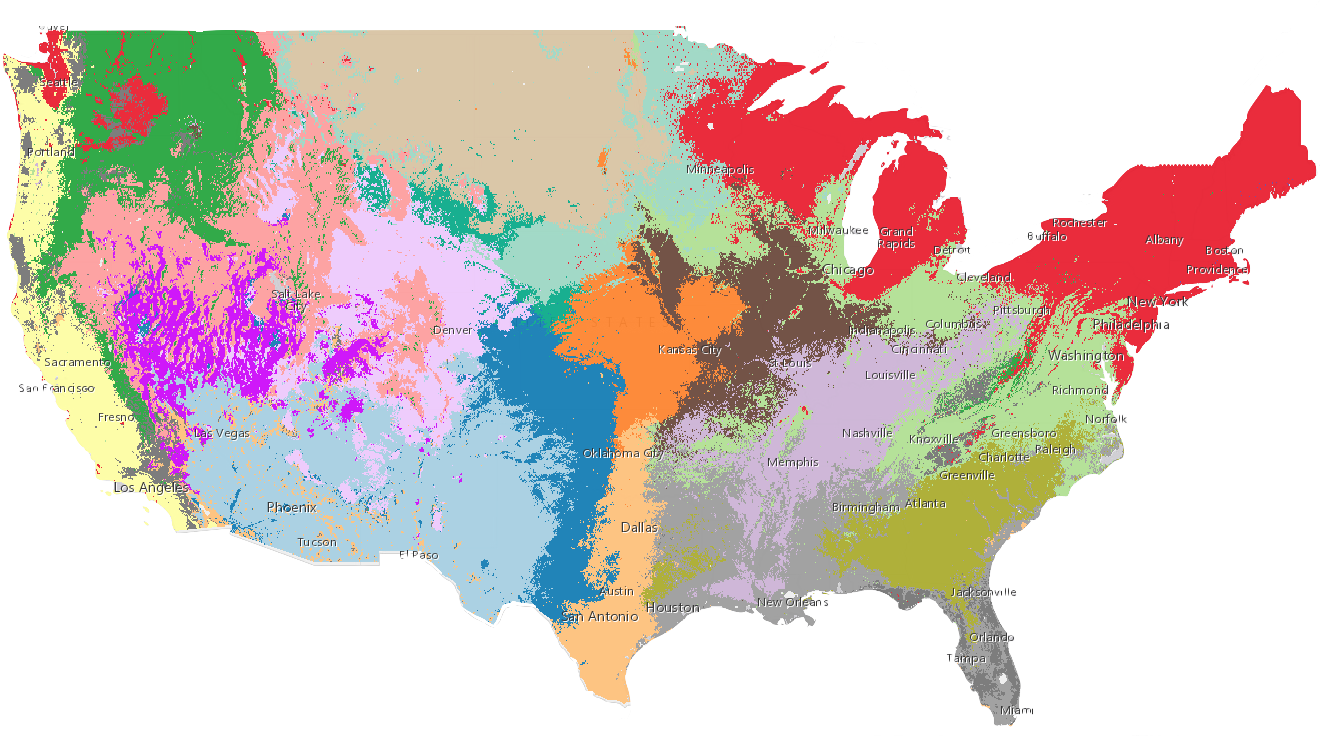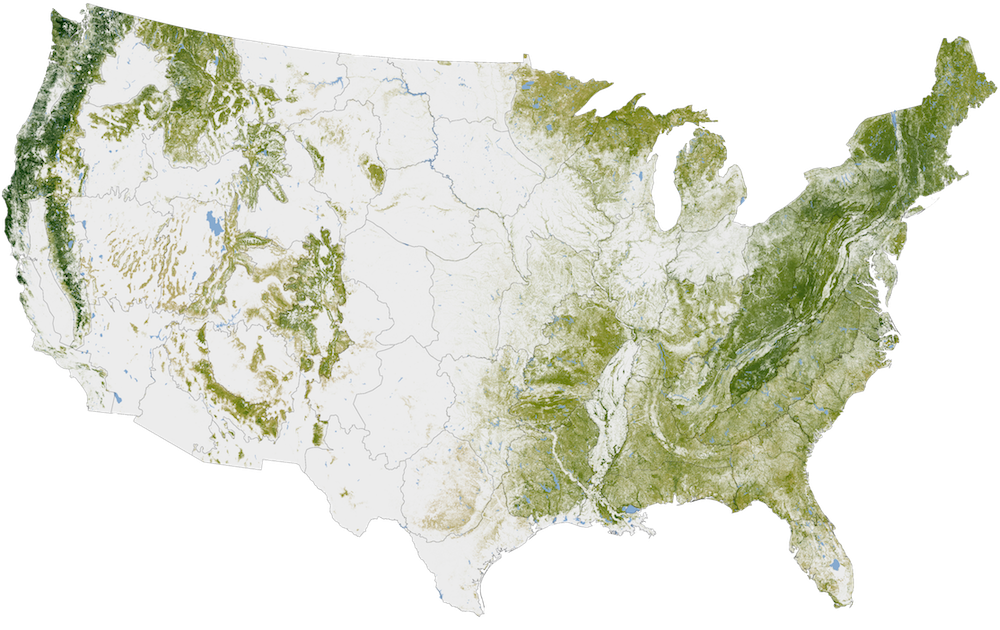
Life in 2.5 D: Animal Movement in the Trees
Frontiers in Ecology and Evolution (2022)
vertical tracking
can find new relations of
plants and animals

vertical tracking
can find new relations of
plants and animals

baboons sacrifice
sleep quality in favor
of safe sleep with friends

unique responses
to climate change are informed
by past selection

glucosinolates
are selected by both drought
and herbivory.

trees age, like us all —
slowly making fewer seeds
over centuries.

forest elephant
seed dispersal distances
increase with boldness

tree seeds now number
fewer in West, more in East.
climate / size effects.

after disturbance,
dung beetles can recover
if humans let them.

Gabon's forests hold
twice the global average of
above-ground carbon.

better censuses
when dung, sight, and camera traps
are used togeather.



